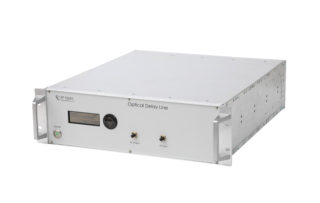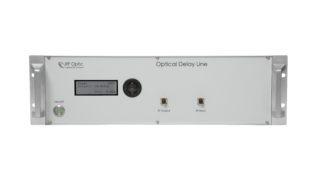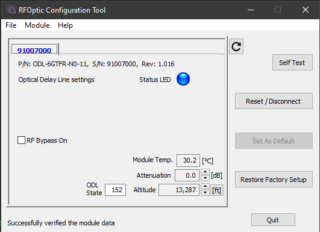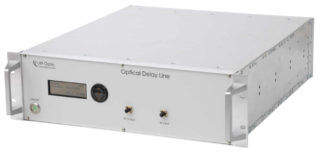 As RFOptic, we offer our customers 4 groups of products, namely RFoF off-the-shelf links, subsystems, Optical Delay Lines, and customized systems. In this blog post, we will focus on Optical Delay Lines and their intricacies. We have a proven track record in various industries, including telecommunications, aerospace, and defense. RFOptic’s optical delay lines are known for their high-performance thanks to our cutting-edge technology combined with a customer-centric approach. This means that RFOptic’s optical delay lines (ODLs) meet the most stringent requirements for accuracy, reliability, and performance.
As RFOptic, we offer our customers 4 groups of products, namely RFoF off-the-shelf links, subsystems, Optical Delay Lines, and customized systems. In this blog post, we will focus on Optical Delay Lines and their intricacies. We have a proven track record in various industries, including telecommunications, aerospace, and defense. RFOptic’s optical delay lines are known for their high-performance thanks to our cutting-edge technology combined with a customer-centric approach. This means that RFOptic’s optical delay lines (ODLs) meet the most stringent requirements for accuracy, reliability, and performance.
ODL is a customized solution engineered to replicate real-world propagation delays, which addresses the need to simulate distance with precision for communication and testing. However, designing an ODL isn’t an easy, one-size-fits-all endeavor. On the contrary, it requires taking numerous parameters into account to achieve optimal performance. Let’s delve into the intricacies of ODL design, from initial requirements to a tangible proposal.
Understanding the Core Parameters
Before everything else, it’s essential to understand the specific requirements and needs of the customer to define the parameters.
These parameters encompass:
- Number of Delay Lines
The number of delay lines is the foundation of the ODL. Since it’s a progressive method, the customer needs to define the core delay lines. For example, 4 delay lines can create a remarkable 15 distinct delay states through intelligent optical switching combinations. This allows for fine-grained control and a wide range of simulated distances. - Zero Delay (Minimum Internal Delay)
The zero delay represents the inherent delay within the ODL, even before the defined delay lines are engaged. It’s directly influenced by the number of delay lines and the internal architecture of the device. - Optical Switching Speed
In dynamic applications, rapid switching between delay states is crucial. This parameter defines the speed at which the ODL can transition between different delay values, impacting real-time simulation capabilities, - ODL Gain and Output Signal
Maintaining signal integrity is essential. This parameter dictates the amplification or attenuation of the optical signal as it passes through the ODL, ensuring a strong and clear output. - Gain Control
For applications that require precise signal level adjustments, gain control is a vital feature. This allows for dynamic optimization of the output signal strength. - Frequency
The operating frequency of the optical signal significantly impacts the design and performance of the ODL. Different frequencies require specialized components and configurations. - Control Method
The ODL will be controlled and interfaced with, so the control method is an important parameter. Options range from simple manual controls to sophisticated software interfaces, depending on the complexity of the customer’s application. - Other Important Parameters
These are parameters that relate to a wide range of application-specific requirements, such as physical dimensions, doppler module, and specific optical connectors.
Simplifying the Design Process with RFOptic
Now that we have gotten a glimpse of the complexity of ODL design, let’s see how RFOptic can help simplify the process using its intelligent, streamlined approach. To make things easy for our customers, we have set up our online Request for Quote (RFQ) process (accessible at https://rfoptic.customcode.co.il/request-for-quote/) that helps to define the essential parameters, ensuring we at RFOptic capture our customers’ specific needs.
After submitting the filled out the Request for Quote form, a technical consultation takes place to discuss the ODL project. Based on the collected information, RFOptic’s team leverages proprietary design tools to create a tailored ODL solution. This smooth path from design to implementation ensures that the customer receives the high-performance ODL that fits its requirements.
To summarize, designing a custom Optical Delay Line can be a complex undertaking, but with a clear understanding of the key parameters and the support of experienced professionals, customers can achieve a solution that delivers exceptional performance. Our streamlined design process and commitment to customer satisfaction make us the ideal partner for ODL design and implementation.
Want to learn more about RFOptic’s Optical Delay Lines? We have several resources available.

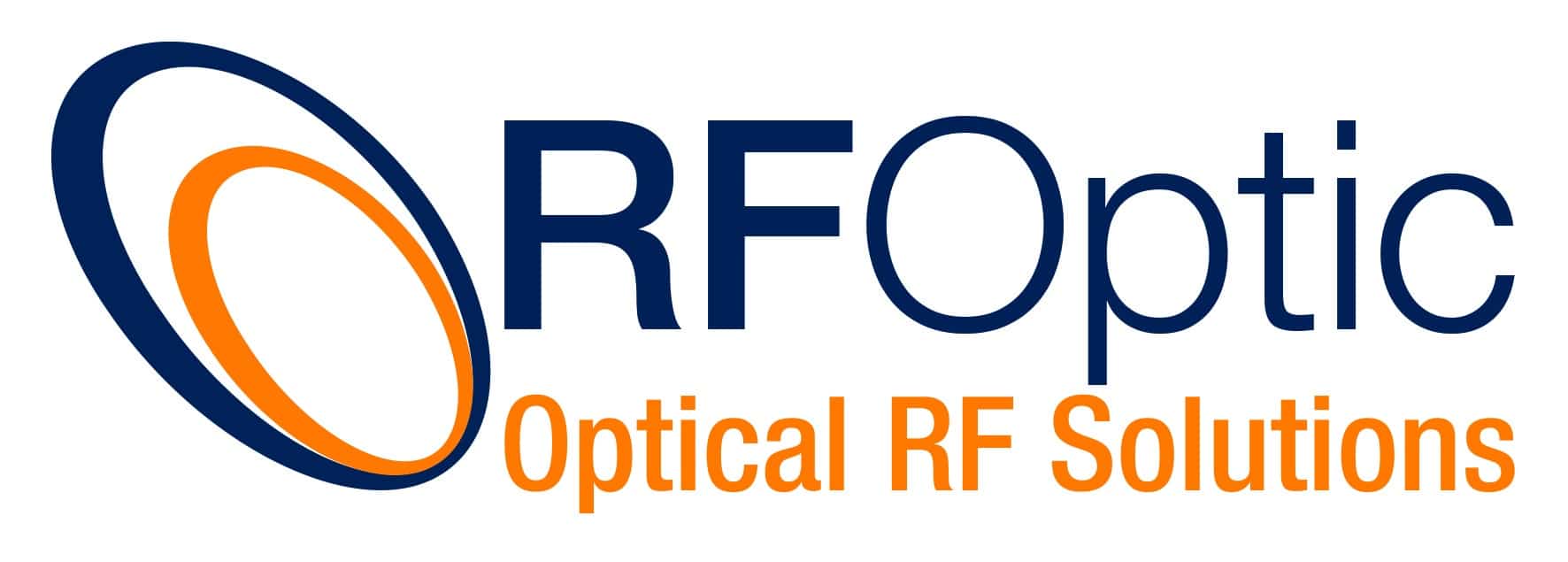
 In general, some Asia Pacific countries, led by China, India, Japan, and South Korea, are investing considerably in homeland security and defense applications. For the last few years, RFOptic has made significant progress in various markets in Asia. Based on our commercial success, we are looking forward to accelerating our growth across several key Asian markets this year. We will expand our footprint in the local EW & Defense and 5G testing sectors thanks to the increasing demand for advanced optical RF solutions. Let’s have a closer look at our progress in more detail, focusing on Japan, India, Vietnam, China, and South Korea.
In general, some Asia Pacific countries, led by China, India, Japan, and South Korea, are investing considerably in homeland security and defense applications. For the last few years, RFOptic has made significant progress in various markets in Asia. Based on our commercial success, we are looking forward to accelerating our growth across several key Asian markets this year. We will expand our footprint in the local EW & Defense and 5G testing sectors thanks to the increasing demand for advanced optical RF solutions. Let’s have a closer look at our progress in more detail, focusing on Japan, India, Vietnam, China, and South Korea.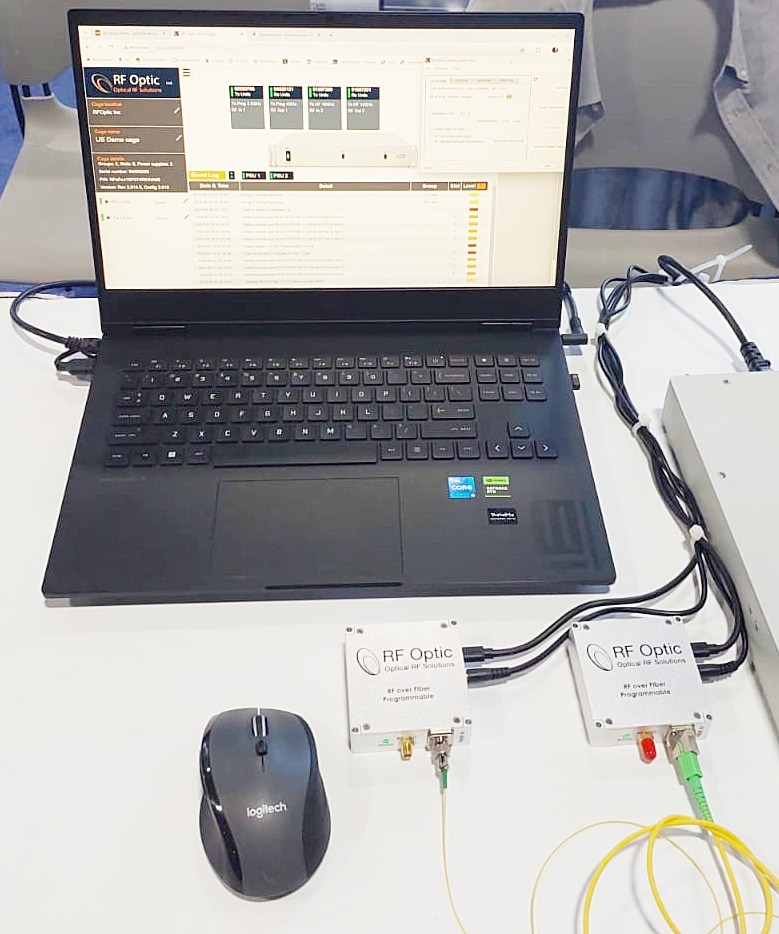
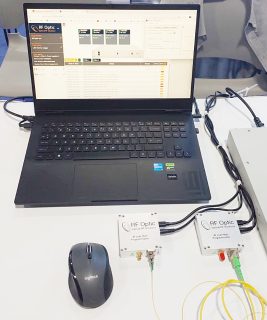 In June, we participated for the first time in IMS2024. The IEEE MTT-S International Microwave Symposium is a yearly event. This year, it took place in the Walter E. Washington Convention Center in Washington, DC, offering exhibitors a chance to connect with 9,000+ members of the RF and Microwave community from across the globe.
In June, we participated for the first time in IMS2024. The IEEE MTT-S International Microwave Symposium is a yearly event. This year, it took place in the Walter E. Washington Convention Center in Washington, DC, offering exhibitors a chance to connect with 9,000+ members of the RF and Microwave community from across the globe.